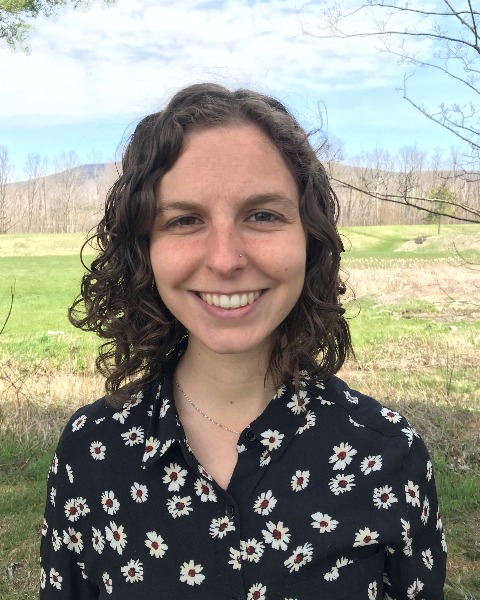Back
Operating & Delivering Weatherization Programs
Overcoming Health and Safety Barriers to Weatherizing Homes: Lessons Learned from Connecticut
Tuesday, April 12, 2022
10:00 AM – 11:00 AM
Location: Legends D (Level 2)
CE: 1
BPI, INTERNACHI, NARI, ASHI, QCI

Richard Faesy (he/him/his)
Principal
Energy Futures Group
Hinesburg, Vermont
Elizabeth Bourguet
Consultant
Energy Futures Group
Hinesburg, Vermont
Weatherizing homes is a major way to save energy and money and improve comfort. Yet, programs and contractors commonly find health and safety barriers (for example, asbestos, mold or moisture, and knob and tube wiring) that preclude moving forward with weatherization work. These barriers are increasingly being recognized as significant hurdles in addressing homes’ weatherization needs. In fact, Connecticut has documented that over 20 percent of homes in the pipeline for lower-income energy upgrades are deferred due to health and safety issues. While there are many programs to expand home weatherization, strategies to address these barriers are not as well-known, accessible, or widely utilized, blocking progress in weatherizing our existing housing stock. This session will provide insight into the efforts to develop a sustainable program in Connecticut to address health and safety barriers in low-income homes to allow participation in the DOE-funded Weatherization Assistance Program and the utility-funded Home Energy Solutions Income-Eligible Program. The session will provide a toolkit for how other states can use lessons learned from Connecticut to address health and safety barriers in their own state, including information on accessing funding to enable the program as well as program design and elements.
Learning Objectives:
By attending this session, attendees will:
- Learn how Connecticut developed a program to address health and safety barriers to weatherizing homes.
- Learn how your state can take advantage of available funding to address health and safety barriers to weatherizing homes in your state
- Learn the program elements and design of a health and safety weatherization barriers program which enables energy efficiency upgrades to proceed in barriered homes, particularly low-income homes.
